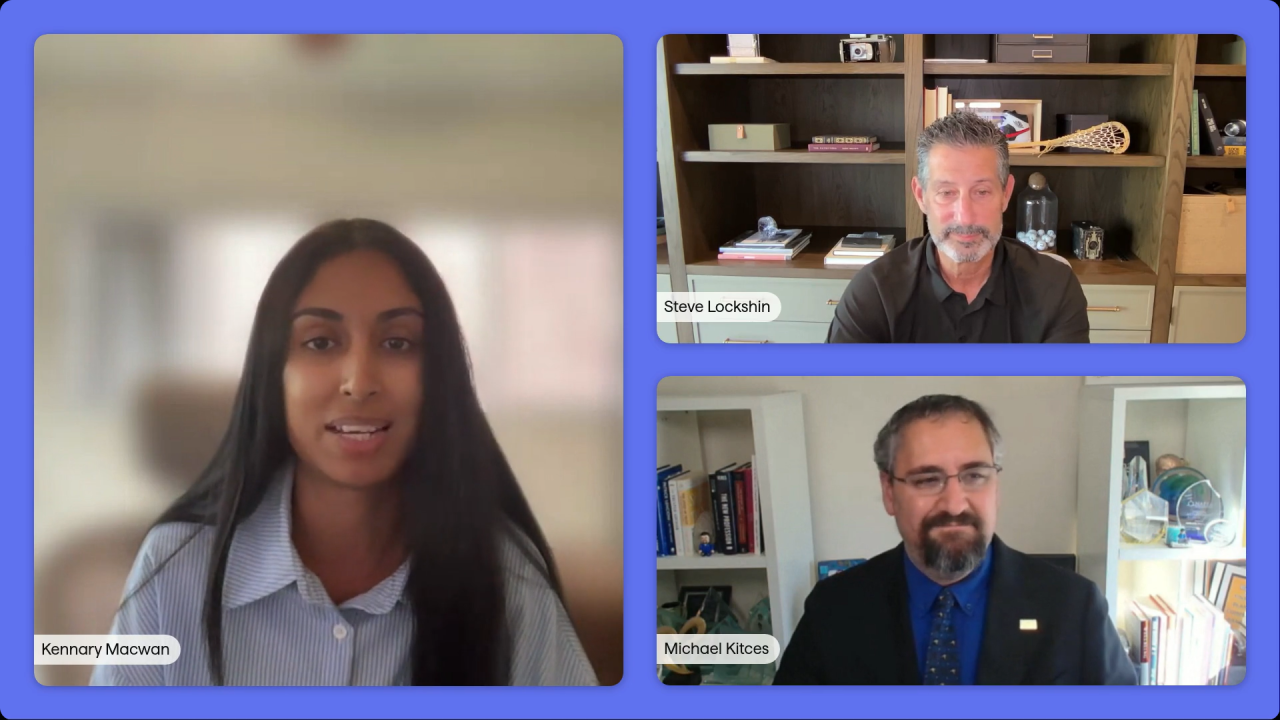This is the 13th installment in a Financial Planning series by Chief Correspondent Tobias Salinger on how to build a successful RIA. See
Registered investment advisory firms that hire new staff members can harness much greater productivity, but the first employee in the door after a founder represents a costly investment.
For financial advisors who have
Rather, the solution lies in every single RIA's approach to issues such as whether to outsource tasks with vendors
An RIA's staffing will affect the future course of its business. And the imperative to hire more employees becomes even more crucial, the closer that the founder moves toward retiring from the industry someday, according to David Grau, the CEO of M&A deal consulting firm
"From
READ MORE:
Is now the right time?
To be sure, that timing depends a lot on the degree that an RIA founder is trying to carry out an entrepreneurial ambition to transform the business into an enterprise from a startup. And interviewing and hiring prospective team members may sometimes prove enticing before there is truly a requirement to spend the time and money necessary on doing so.

Before they embark on that quest, RIA owners must nail down the role and duties for any potential new employee, said Emlen Miles-Mattingly, founder of Madera, California-based RIA firm
"You're driving your business, or you're riding your business — that's what I always say — because it can take you places that you don't want to be," Miles-Mattingly said. "A lot of people like the idea of having someone work with them or for them but don't quite understand exactly what that means and how to get the most out of a person. That's a tough one and I see that happen a lot."
At Philadelphia-based RIA firm Zenith Wealth Partners, the process of figuring out when to hire more staff is "more of an art than a science," but the firm would "rather have the right person with imperfect timing" than vice versa, according to Partheev Shah, a managing partner and the firm's
"For our service model, we have a general sense of, what does approaching capacity, at capacity or over capacity look like, and we want to make sure we're on the right side of the equation," he said. "Thats a sign for us that we're starting to approach an inflection point."
READ MORE:
The numbers in support of support staff
And advisors will likely welcome those signals as a positive metric, if they check the available data.
A lead advisor
New staff members drive that productivity — as well as some hefty costs. Annual revenue per team member jumped by nearly a quarter, 24%, last year to $459,655,
Bringing on support staff simply increases the possible reach of a firm. Practices with revenue per advisor above the median level have an average of 1.3 support staff members for each of them, compared to 0.9 for those below,
At 57% of the firms in the study, the role of "client service associate" was the most common support job, followed by 53% that have "administrative or executive assistants," 40% that have a "branch manager," 18% that have a "bookkeeper" and 12% that have a "client portfolio manager." Hiring forms a critical foundation for organic growth, the report concluded.
"Many practice owners are initially reluctant to hire support staff because these roles do not directly contribute to revenue generation and represent a fixed cost in a capital-light business," the report said. "Additionally, because these owners built their businesses themselves, often wearing many hats along the way, there can be cultural inertia to delegating tasks. Our findings indicate that by hiring appropriate non-advisor staff, practices can make their advisors more productive by effectively centralizing administrative tasks and allowing advisors to spend more time with their clients and in the market drumming up new business."
READ MORE:
Parsing numbers with personalities
So it's no wonder that growing RIAs, in particular the larger ones, are "watching that household-per-advisor metric like a hawk," Grau said. Many restrict the number to no more than 150 or 200, although some solo practitioners could get up into the range of 225 to 250 and other firms could keep the ratio far lower on the other end as a result of focusing on high net worth or ultrahigh net worth clients or the simple desire to limit their size, he noted.
On the plus side, advisors frequently enjoy dropping the administrative tasks. But hiring up also presents another aspect of the challenges of being the CEO of a business rather than simply being an advisor.
"They are entering the very unknown realm where they're no longer doing the thing that they're expert at," Grau said. "That first 12 months that they're figuring that out, it's probably the most uncomfortable 12 months of their career. But those on the other side of it, they never look back."
In the pursuit of new staff or even an intern, RIAs may struggle to confirm that the team member fits their personality or has a full assortment of tasks, according to Miles-Mattingly.
When Miles-Mattingly is interviewing candidates, he typically includes "a lot of situational question-asking" to see how they would communicate with clients in one scenario or another, he noted. At the outset, interns and other incoming employees benefit from getting an understanding of their roles and the necessary deadlines for each task.
"You learn a lot about your firm that you didn't know, because now you're having to explain it to someone else with no industry experience," Miles-Mattingly said. "Sometimes you still get it wrong. Sometimes it's just not a good fit. … When you don't have those clear-cut expectations, you set yourself up for failure."

A candidate's understanding of Zenith's
"The applicability to how we do planning or how we deliver advice is really important," Shah said. "It gives them a sense of who we are, who we serve and how we do it."





